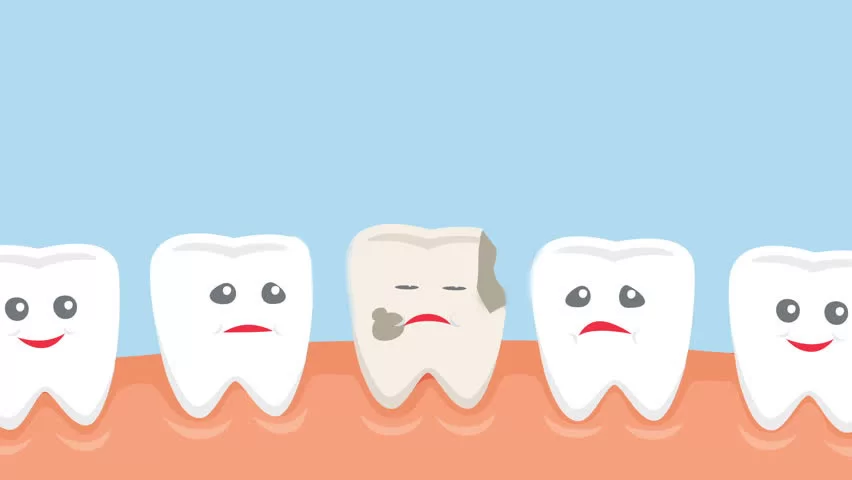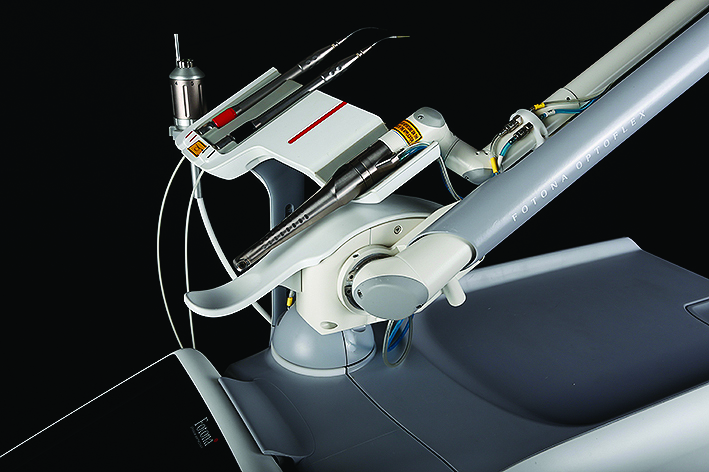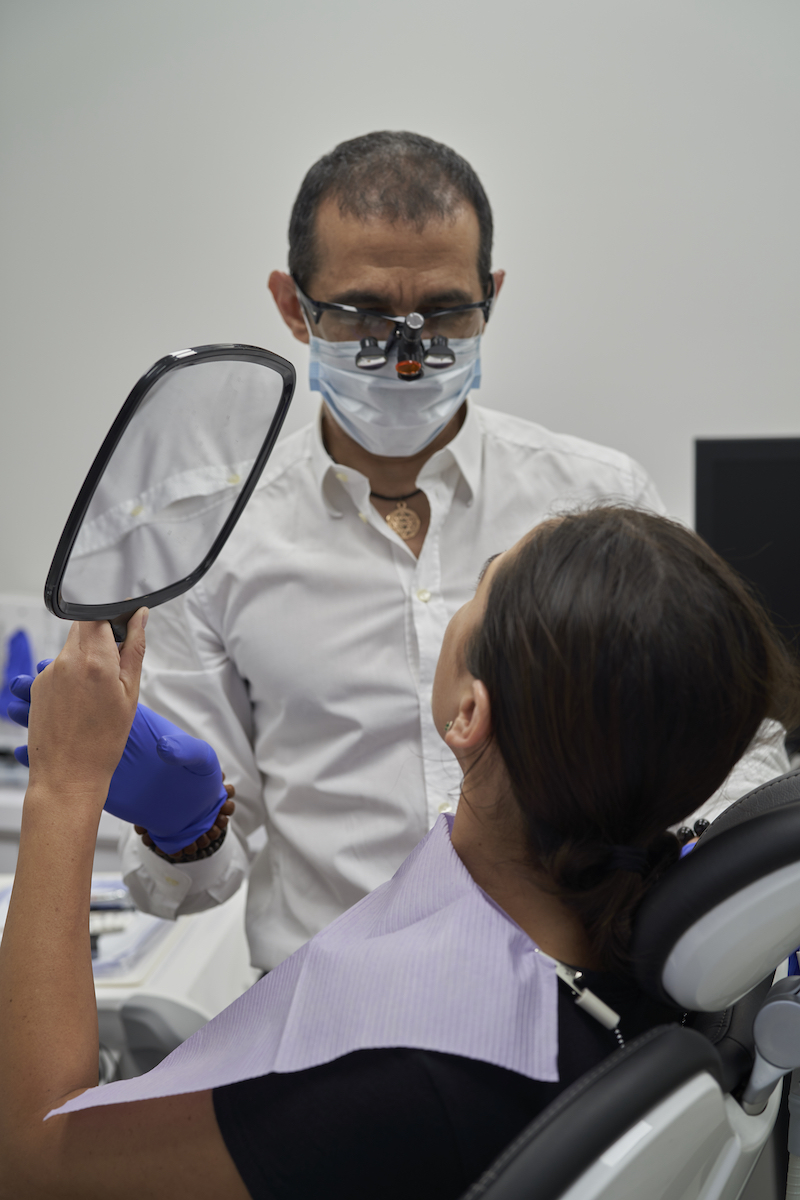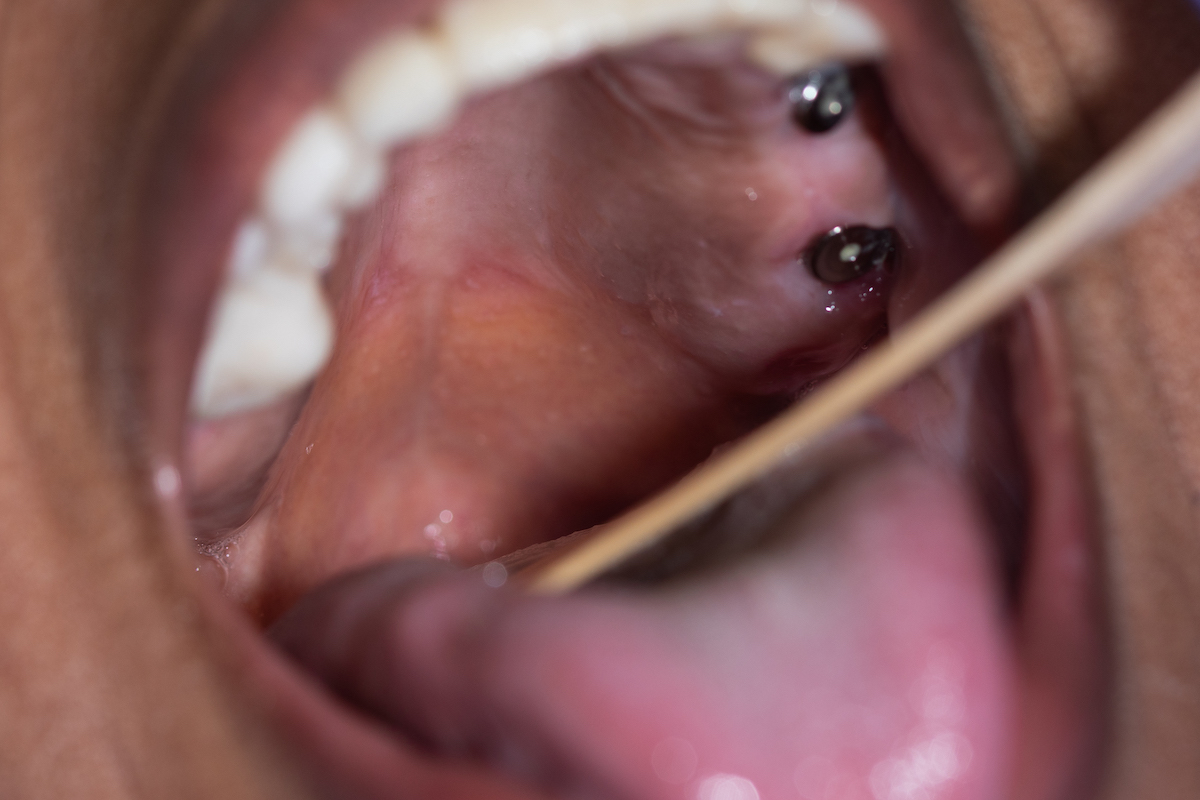Tooth decay — or dental caries — is an infectious disease process that causes damage to the structure of teeth. Cavities (hollowed out spaces or holes) are the most notable consequences of dental caries.
Left untreated, caries leads to pain, tooth loss — or, in rare cases, death. In this most extreme case, infection can advance to the “cavernous sinus,” an air cell behind the eye, from which it can then enter the brain. Tooth decay amounts to more than just the inconvenience of “drilling and filling”: it has the power to change a person's diet, speech, quality of life and overall well-being.
This article — the first in a series about one of the world's oldest and most widespread diseases — will explore the most current information about tooth decay. This and subsequent articles will provide you with all the information you need to know about tooth decay, its causes and its relationship to sugars and acids, detection, prevention, treatment and more. In future articles we'll also discuss new diagnostic and detection methods, the role of fluoride in the prevention of dental caries, and the latest in other prevention and treatment options.

A New Way of Looking At Dental Decay — A Dynamic Process
The mouth is an ecosystem where living organisms continually interact with every other element within their environment. The teeth are composed of an outer covering of non-living enamel (the hardest substance in the human body) and an inner core of living dentin, with a consistency and composition similar to bone. Enamel is highly mineralized and crystalline in structure, composed mainly of calcium and phosphate.
The teeth are bathed in saliva, a most remarkable and seldom discussed fluid. It has many important functions in keeping mouths healthy; one of the most important is its role in maintaining a “neutral” environment — a balance between acids and bases.
(Acidity is measured scientifically by the “pH” scale that runs from 1 – 14. pH 1 is extremely acidic, pH 14 extremely basic. The pH of the mouth is generally 7 – neutral.)
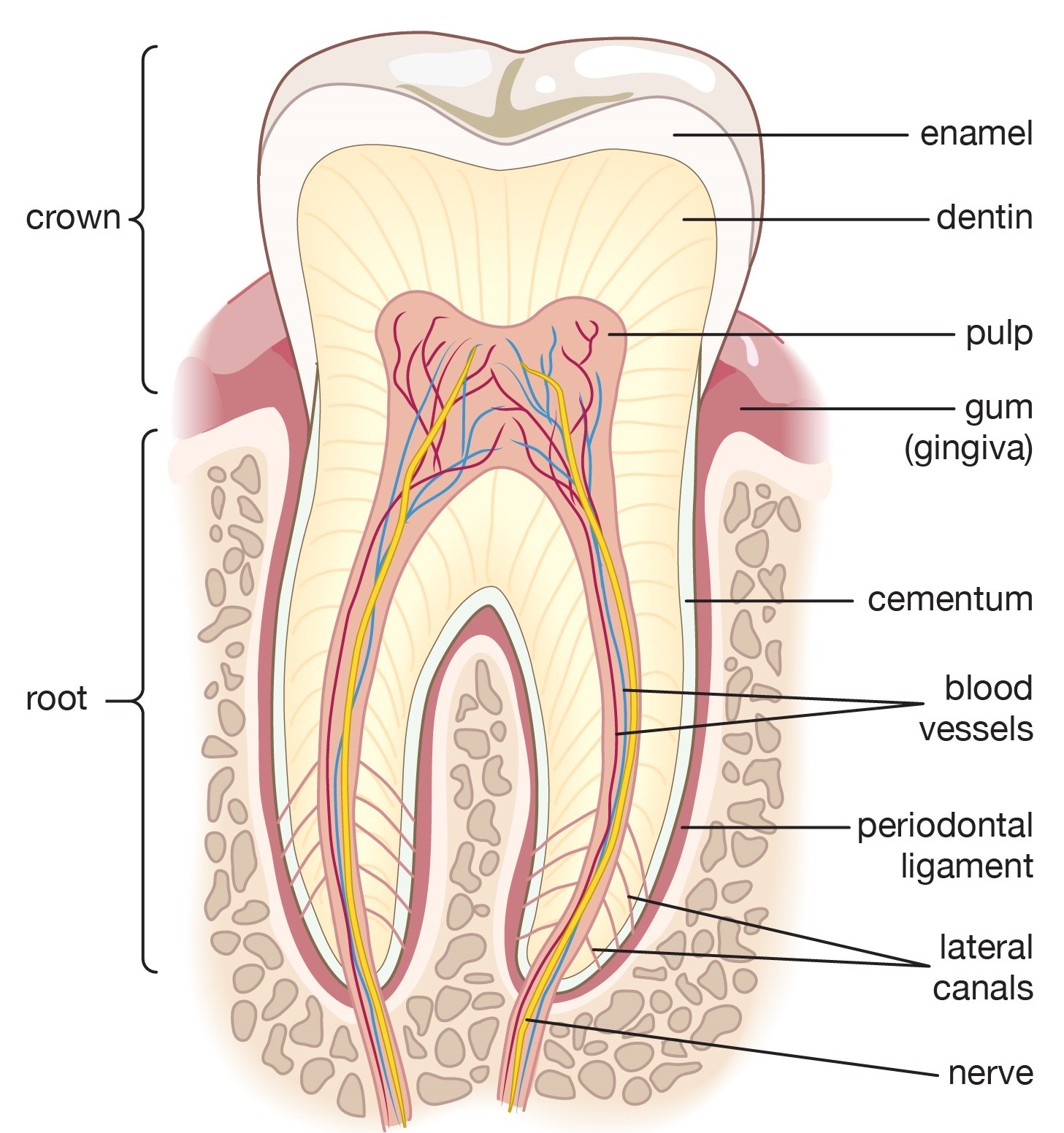
Tooth decay is also a problem for U.S. adults, affecting more than ninety percent over age forty.
The oral environment is also loaded with bacteria. There are more bacteria in a single mouth than there are people who have ever lived on the earth. Certain of these bacteria have the potential to cause decay.
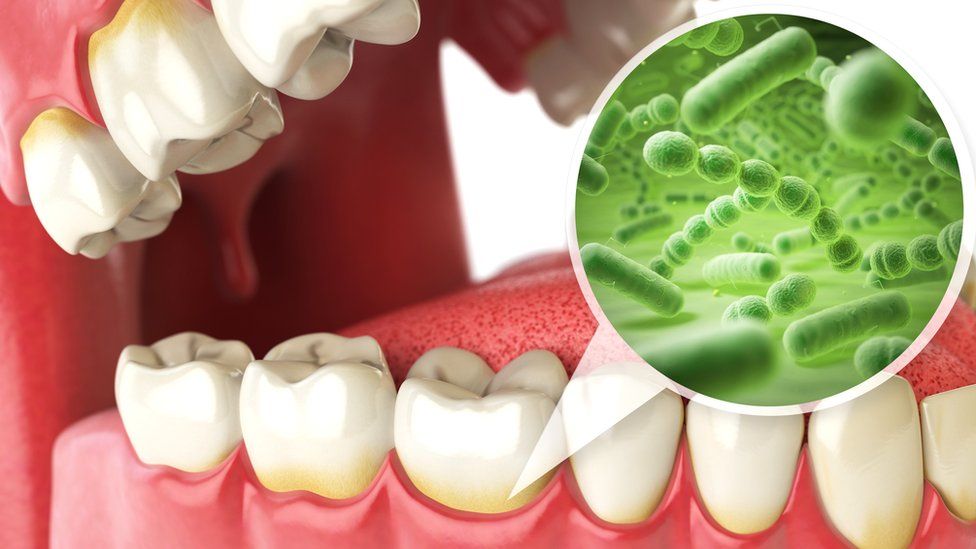
The Caries Balance
Given similar habits, you might wonder why some people get cavities and others don't. This dilemma can be better understood by picturing a balance between pathogenic (disease-causing) and protective (health promoting) factors. Each individual has his/her own unique balance that dynamically changes as time goes on. The trick is to identify what is out of balance and how to tip it towards health and protection.
Pathogenic factors include the large amounts of specific acid-producing Bad bacteria, the Absence of healthy salivary function, and poor Dietary habits. By contrast, protective factors include healthy Salivary function and Sealants (to seal the areas most likely to decay), the use of Antibacterial agents, topical Fluoride, and a healthy and Effective diet.
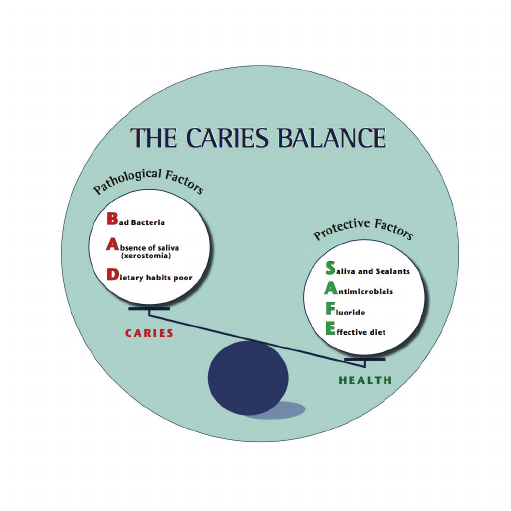
How to Assess Your Risk
Not everybody has the same level of risk for developing dental caries; this is further complicated by the fact that the risk is dynamic and changes daily, as well as over time. Therefore, assessing the degree of risk is crucial. And let's not forget that prevention includes determining both pathogenic and protective factors — both sides of the balance.
Modern dentistry is moving toward an approach to tooth decay management that is “evidence-based” from years of systematic, accumulated and valid scientific research. In other words, it allows individualized treatment based on current science that is customized to the patient's actual risk that he/she presents with, rather than a “one size fits all approach.”
Risk assessment allows preventive and treatment decisions to manage those in greatest jeopardy. This approach allows for “targeted” management appropriate for individuals whether in low, medium, high or extreme risk groups. Protocols have been recently established based on the Age One Visit (for infants and toddlers) as well as for children age 6 through adulthood.

Strategies for Prevention
You can see now that prevention doesn't simply mean brush and floss and don't eat sugar. It is a complicated topic with many implications. In fact, your dental office may offer some additional steps to measure your caries risk (salivary and bacterial analysis) and then recommend some products that specifically manage your risk level (sealants, antibacterial agents, topical fluoride, calcium and phosphate supplements, pH neutralizers, special toothpaste and rinses, and xylitol gum). These strategies are based on tipping the balance toward health by maximizing the protective side and minimizing or eliminating the pathogenic side. Prevention must be strategic, since it affects planning on an individual and community level.
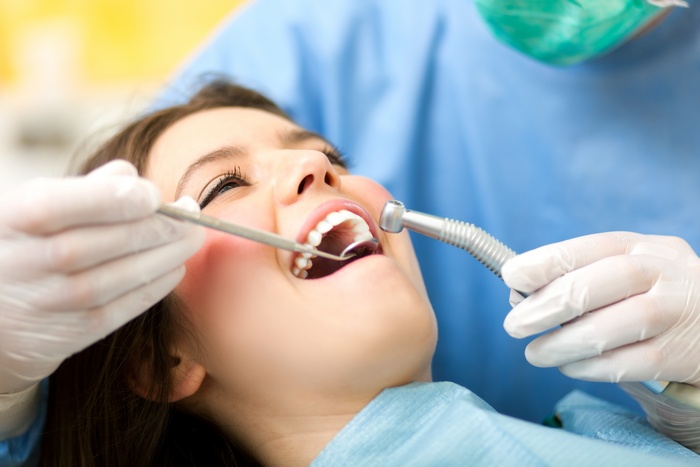
The source: https://www.deardoctor.com/articles/tooth-decay/
